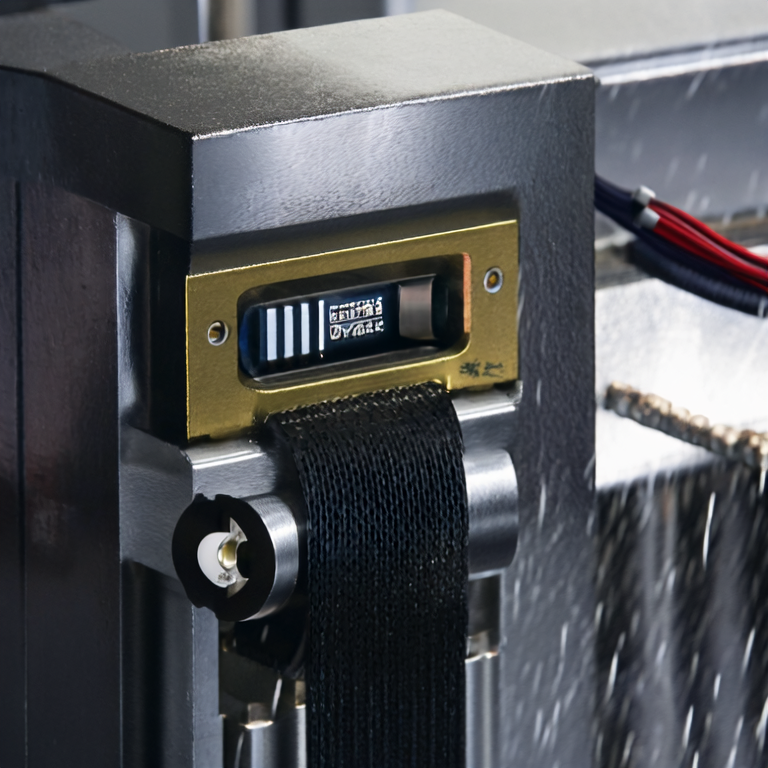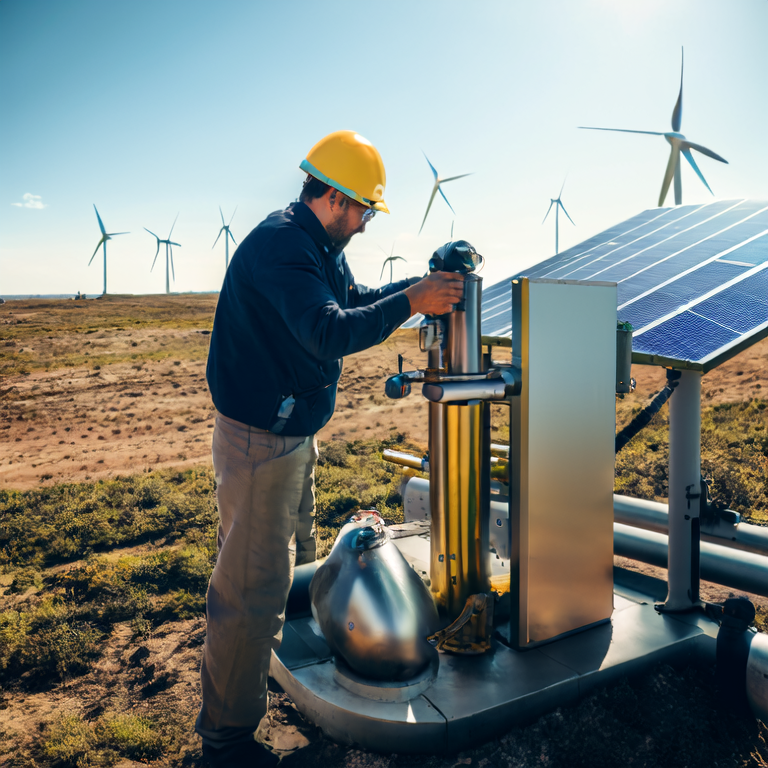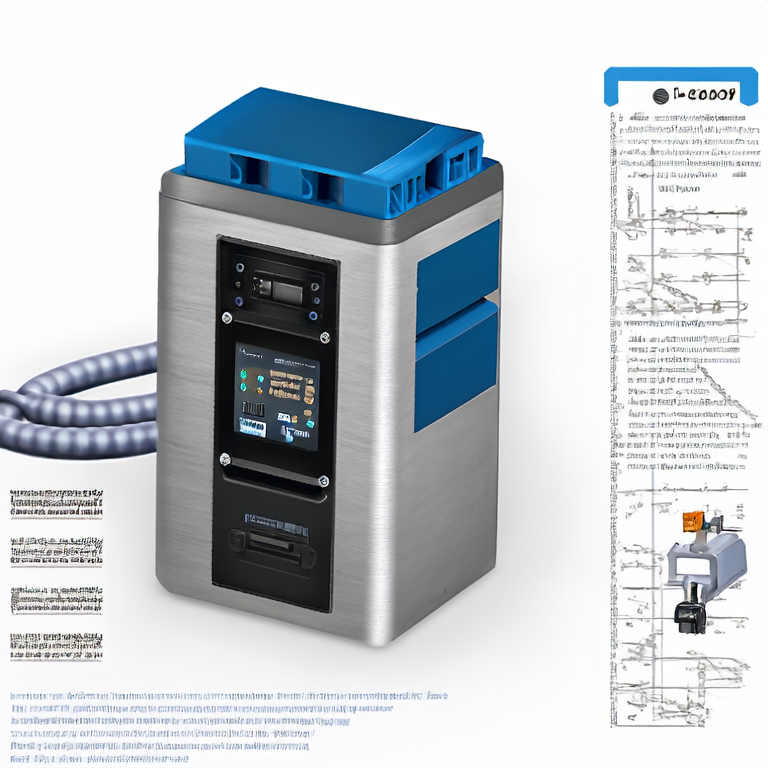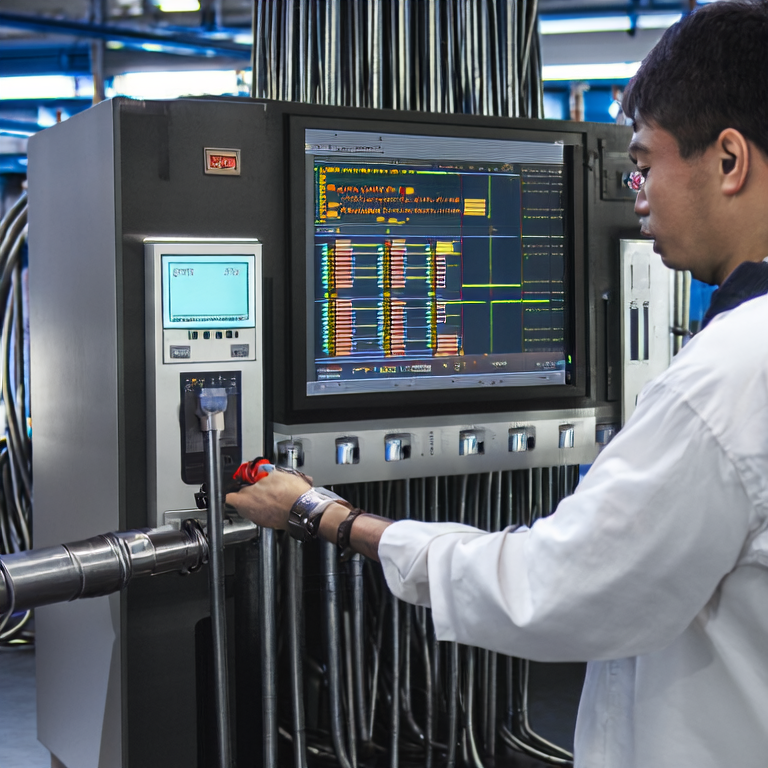IP68 vs IP67 Electromagnetic Flow Transmitter for Harsh Outdoor Environments
Sep. 24, 2025
Understanding the Basics of IP68 and IP67 Ratings
What Do IP Ratings Mean?
IP ratings indicate the level of protection provided by an electrical enclosure against dust and water. IP67 means the device can withstand immersion in water up to 1 meter for 30 minutes, while IP68 indicates it can handle more substantial water pressure and depth, typically beyond 1 meter.
Why IP Ratings Matter in electromagnetic flow transmitters
Electromagnetic flow transmitters are often deployed in harsh outdoor conditions, where moisture and dust can affect performance. Understanding IP ratings helps users select devices that are suitable for their environment and application.
Core Parameter Comparison: IP68 vs IP67
Parameter Overview Table
| Feature | IP67 | IP68 |
|---|---|---|
| Water Resistance | Up to 1 meter for 30 minutes | Continuous immersion beyond 1 meter |
| Dust Resistance | Dust-tight | Dust-tight |
| Typical Applications | Less extreme conditions | Extreme environments with higher moisture |
Specifications Influencing Performance
When selecting electromagnetic flow transmitters, key specifications include:
- Temperature Range
- Materials used for casing
- Power supply requirements
- Signal output type (analog, digital)
- Installation flexibility
Real-World Use Experience
Battery Life Considerations
In harsh outdoor environments, battery life can be a significant concern. Electromagnetic flow transmitters designed for IP68 standards often have advanced battery management systems that extend life, especially when utilizing low-power operation modes.
Stability and Reliability in Different Conditions
Devices with IP68 ratings are generally more stable under fluctuating weather conditions. Users have reported experiences of better performance in scenarios involving heavy rain or accidental submersion, compared to those employing IP67 rated devices.
Advantages and Disadvantages
Pros and Cons of IP68 Electromagnetic Flow Transmitters
Advantages:
- Superior moisture protection
- More versatile for varied applications
- Longer operational lifespan
Disadvantages:
- May come at a higher cost
- Potential for over-specification in less demanding environments
Pros and Cons of IP67 Electromagnetic Flow Transmitters
Advantages:
- Cost-effective for typical applications
- Suitable for less extreme conditions
Disadvantages:
- Limited underwater resilience
- Less reliable in severe weather
Who Should Use IP68 vs IP67 Electromagnetic Flow Transmitters?
Recommended Applications for IP68 Devices
IP68 electromagnetic flow transmitters are ideal for:
- Marine applications
- Utilities in flood-prone areas
- Agricultural sectors with high rainfall
Recommended Applications for IP67 Devices
IP67 devices are suitable for:
- Industrial environments with occasional water exposure
- Less critical applications where dust and moisture levels are manageable
Conclusion: Making the Right Choice for Electromagnetic Flow Transmitters
Choosing the right electromagnetic flow transmitter is crucial to ensure reliability and performance in harsh outdoor environments. Whether you opt for IP68 or IP67, consider the specific conditions of your application to make an informed decision. At gallopsensor, we are committed to providing high-quality flow transmitters that meet various standards and user needs.
 gallopsensor Image">
gallopsensor Image">




